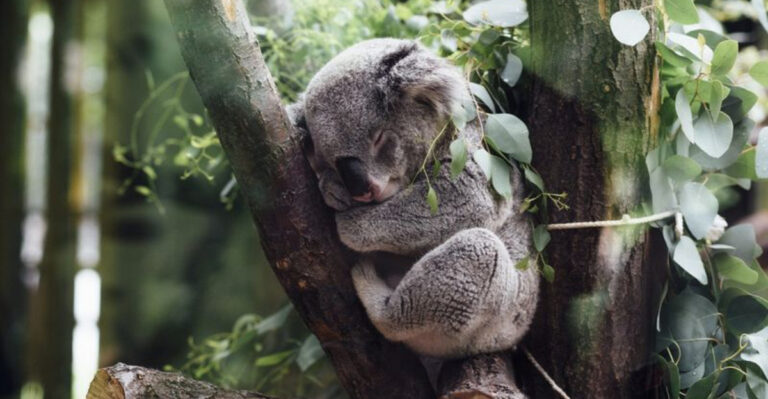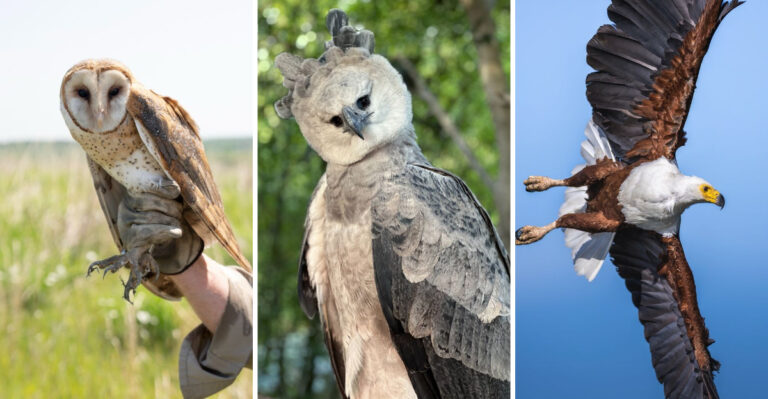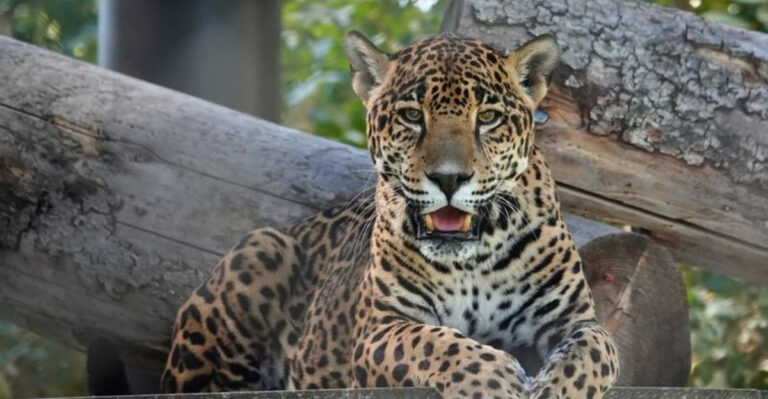How Urban Expansion Poses A Threat To The World’s Shyest Big Cat
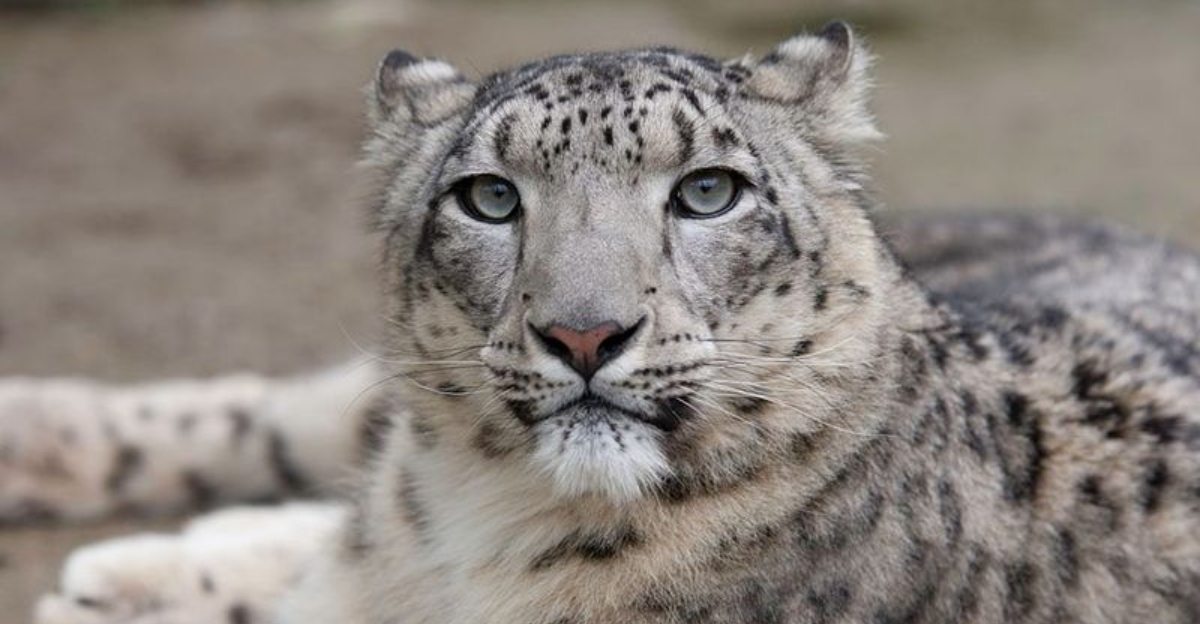
The mysterious snow leopard, often called the ‘ghost of the mountains,’ faces unprecedented challenges as cities grow into wild spaces.
These elusive cats, with their stunning gray-white coats and remarkable adaptations for high-altitude living, are losing their homes faster than ever before.
With fewer than 7,000 snow leopards left in the wild, understanding how our expanding cities threaten these magnificent creatures has never been more important.
Shrinking Mountain Habitats
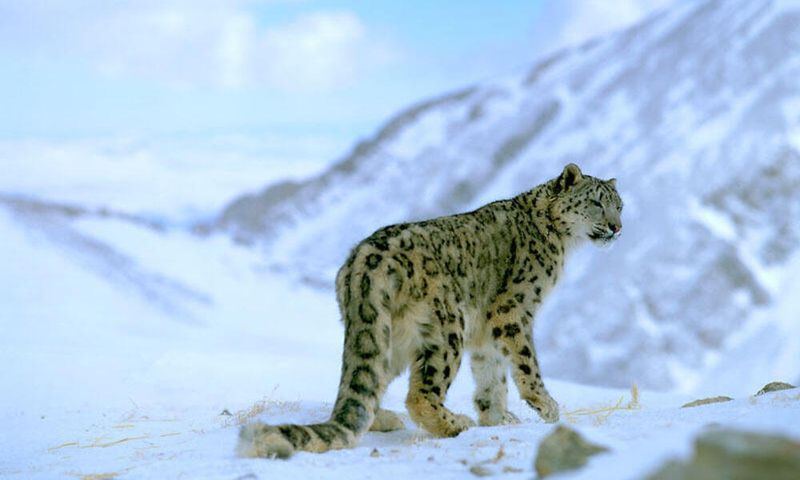
As cities expand upward into mountainous regions, snow leopards find their territory shrinking at alarming rates. Developers clear ancient forests and reshape valleys where these cats once hunted freely.
The cats, who typically need up to 400 square kilometers of territory, suddenly find themselves with nowhere to roam.
Their specialized hunting grounds – steep, rocky landscapes above the treeline – are particularly vulnerable to development projects.
With every new mountain road or resort, another slice of snow leopard territory disappears forever, forcing these solitary creatures into smaller, less suitable areas where survival becomes increasingly difficult.
Fragmented Hunting Grounds
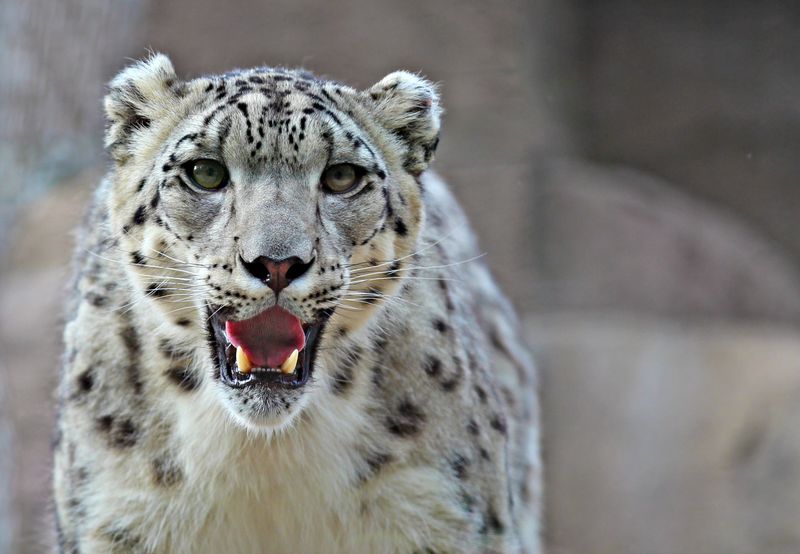
Roads slicing through mountain ranges create deadly barriers for snow leopards seeking prey. These shy hunters once moved silently across vast connected territories, but now find their hunting routes blocked by highways and settlements.
Fragmentation means snow leopards must cross dangerous human zones to reach food sources. A leopard might track ibex for days only to encounter an impassable road or village.
The resulting isolation creates smaller populations with limited genetic diversity. Cut off from other groups, these magnificent cats face higher risks of inbreeding and reduced ability to adapt to changing conditions – a silent crisis happening far from public view.
Dwindling Prey Populations
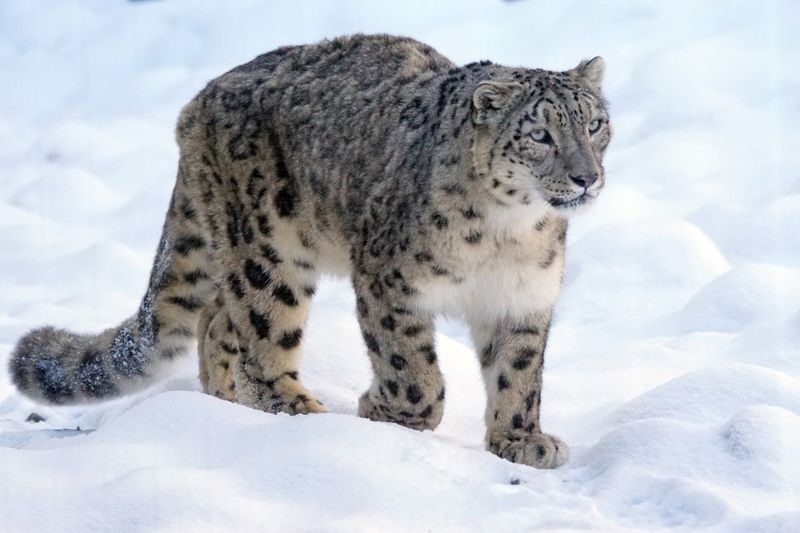
Urban expansion drives away the blue sheep and mountain goats that snow leopards depend on for survival. When humans move in, these hoofed animals retreat to more remote areas, taking the leopard’s food supply with them.
A hungry snow leopard might travel for days without finding sufficient prey. The cats normally hunt just 20-30 times per year, making each successful kill crucial for survival.
Desperate for food, some leopards turn to livestock – a dangerous choice that brings them into direct conflict with herders.
What was once a perfect predator-prey balance in the mountains becomes disrupted, with the snow leopard paying the ultimate price for human expansion.
Deadly Human-Wildlife Conflicts
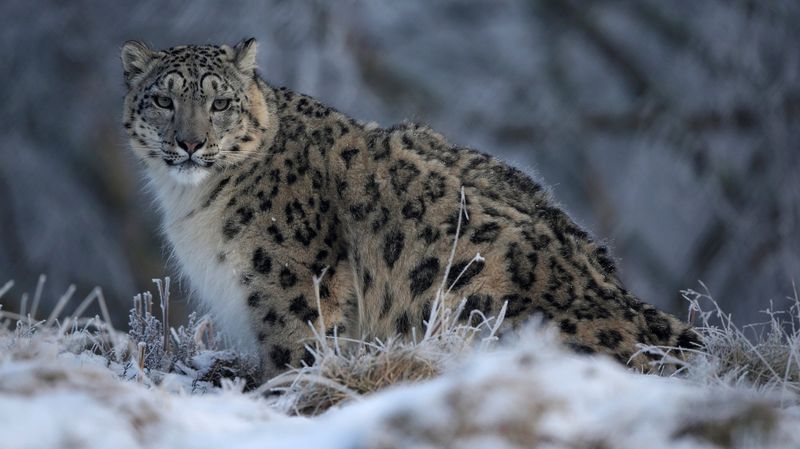
When hungry snow leopards turn to livestock for food, the resulting conflicts often end tragically. A single leopard might kill several sheep in one night, representing a devastating financial loss for local herders living on the edge of poverty.
Retaliatory killings have become one of the greatest threats to snow leopard survival. Many herders, seeing no alternative, set traps or poison carcasses to eliminate what they view as a threat to their livelihood.
The shy nature that once protected snow leopards now works against them. Unlike more adaptable predators, these mountain ghosts cannot adjust to human presence, making each encounter potentially deadly.
Climate Change Complications
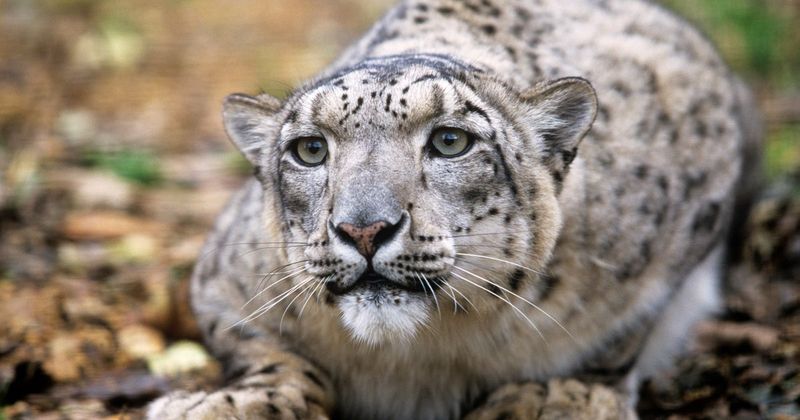
Urban heat islands push warming effects higher into mountain habitats, melting crucial snow cover snow leopards rely on for camouflage. Cities generate heat that rises into adjacent mountain regions, accelerating already dangerous climate trends.
The treeline creeps upward as temperatures rise, shrinking the alpine zones where snow leopards thrive. These cats evolved specifically for cold, harsh environments with specialized fur and body adaptations.
Water sources dry up in many regions, drawing both wild prey and snow leopards closer to human settlements in search of resources.
This deadly combination of habitat shrinkage and forced proximity to humans creates a perfect storm threatening the very existence of these magnificent mountain cats.
Pollution Reaching Remote Habitats
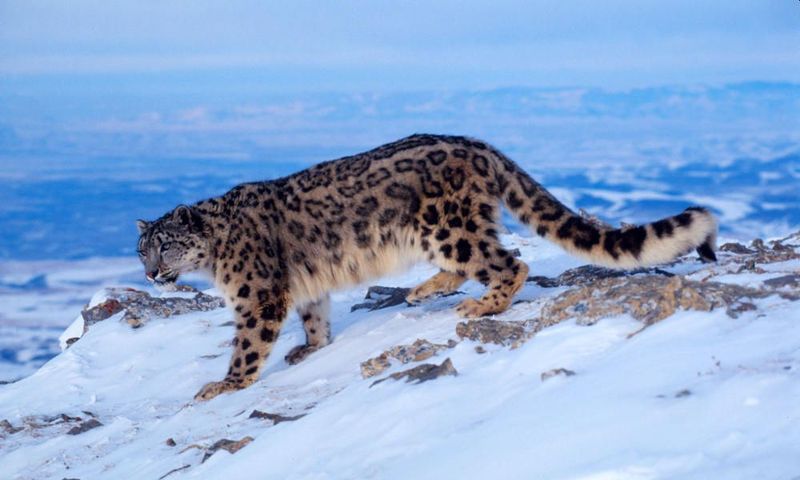
Urban pollution doesn’t stay in cities – it travels into the most remote snow leopard territories. Air pollutants from expanding urban centers settle on mountain snow, contaminating water sources these cats depend on.
Light pollution disrupts natural hunting patterns of these nocturnal predators. Snow leopards evolved to hunt in near-total darkness, using their exceptional night vision as an advantage. Noise pollution from construction, traffic, and human activity travels surprisingly far in mountain environments.
The constant sound intrusion stresses these sensitive cats, affecting everything from hunting success to reproduction rates – subtle impacts that accumulate into serious threats for a species already walking a tightrope toward extinction.
Infrastructure Development
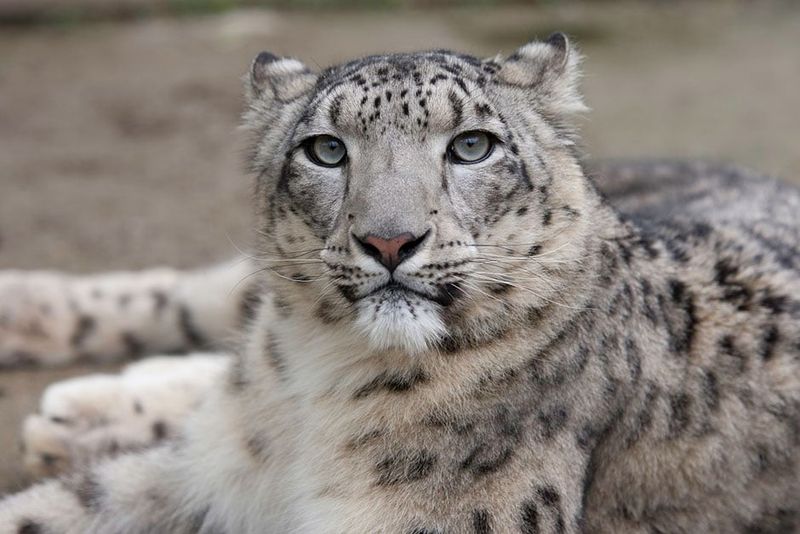
New dams, mines, and energy projects in mountain regions destroy critical snow leopard corridors. These massive infrastructure developments often target the same remote valleys and ridges where snow leopards have lived for centuries.
The construction phase alone drives cats from their territory with constant noise and human presence. Once complete, these projects permanently alter water flows, vegetation patterns, and prey availability.
Roads built to service these developments open previously inaccessible areas to poachers. A single mountain road can suddenly expose dozens of snow leopards to new threats, from vehicle collisions to increased hunting pressure – turning what was once a safe haven into a danger zone for these vulnerable cats.
Tourism Pressures
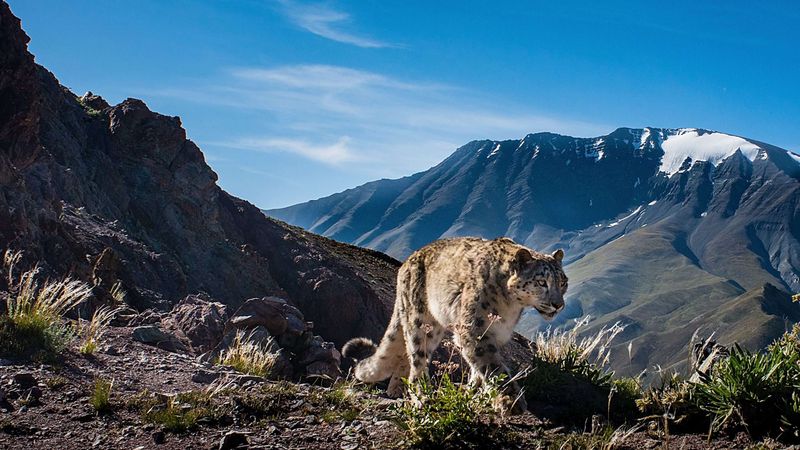
Adventure tourism pushes deeper into snow leopard country each year. New hotels, hiking trails, and ski resorts increasingly encroach on critical habitats where these shy cats once lived undisturbed. Even well-meaning wildlife tourism creates problems.
Tourists hoping for a glimpse of the elusive cats can unknowingly disrupt hunting, mating, and cub-rearing activities. The constant human presence forces snow leopards to abandon prime territories for less optimal habitat.
Unlike some wildlife that habituates to human presence, snow leopards typically retreat further into shrinking wilderness areas – a strategy that becomes less viable as development continues to squeeze their remaining habitat from all sides.
Poaching Driven by Urban Markets
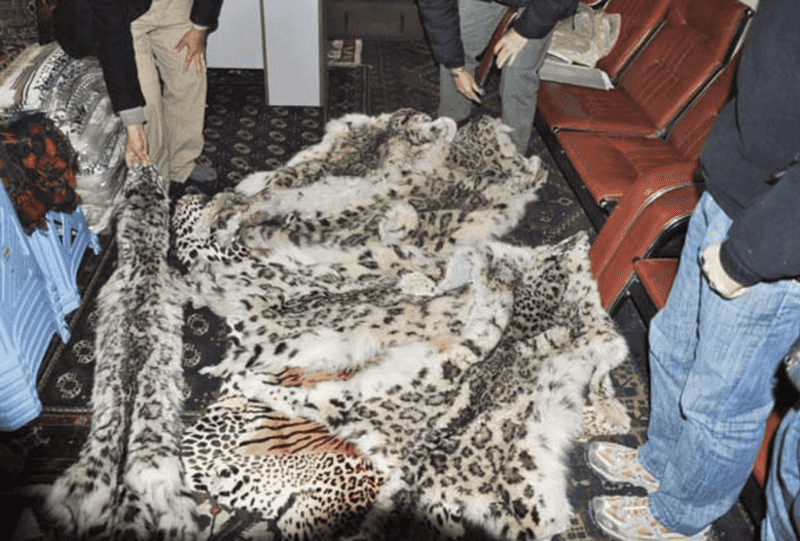
Urban wealth creates markets for snow leopard pelts, bones, and body parts. A single leopard skin can fetch thousands of dollars in black markets, creating powerful incentives for poaching in remote mountain communities where economic opportunities are scarce.
Improved transportation networks make it easier for poachers to access remote habitats and transport illegal wildlife products to cities. Roads built for development become highways for wildlife crime. Traditional medicinal markets in growing Asian cities drive demand for snow leopard parts.
Despite being protected by law in all 12 range countries, the combination of high prices, desperate poverty among mountain communities, and difficult enforcement in remote areas creates perfect conditions for continued poaching.
Disrupted Breeding Patterns
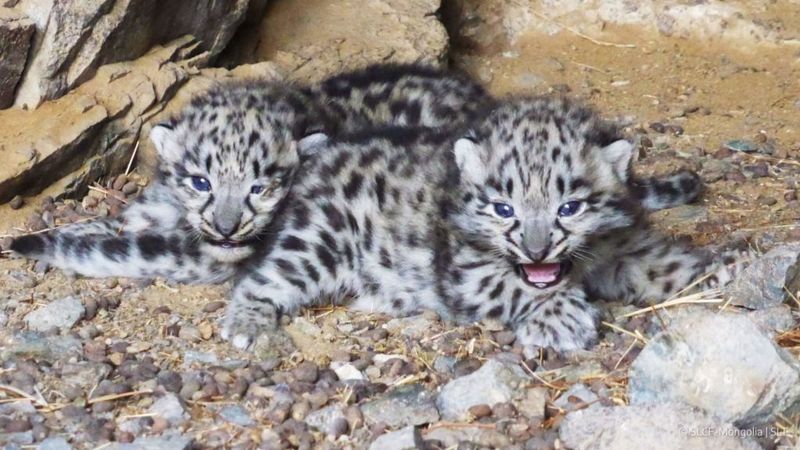
Female snow leopards need undisturbed denning sites to successfully raise cubs. Urban expansion and associated activities drive cats from traditional breeding areas, forcing mothers to raise young in suboptimal locations.
Cubs face higher mortality rates when raised near human development. The stress of human proximity can cause mothers to abandon dens or produce less milk, while the reduced prey availability near settlements means cubs often receive inadequate nutrition. The breeding cycle itself becomes disrupted as human activities encroach on mating territories.
Snow leopards typically breed only once every two years – any disruption to this delicate cycle can have outsized impacts on population recovery, creating a slow-motion extinction crisis largely invisible to the human world.
Weakened Conservation Efforts
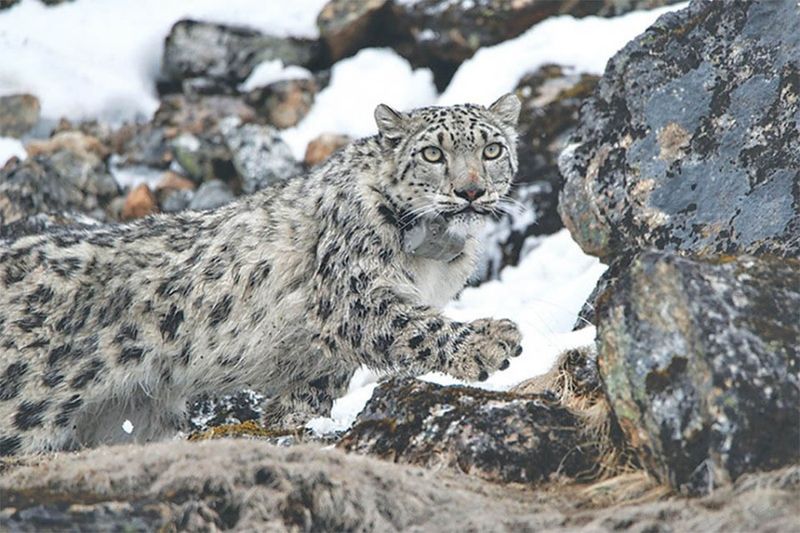
Urban-focused development priorities often redirect funding away from remote snow leopard conservation programs. When budgets tighten, protection for distant mountain species typically suffers first. Local conservation initiatives struggle against the economic incentives of development.
Rangers and community conservation teams find themselves outmatched by the resources of mining companies, tourism developers, and infrastructure projects. The resulting protection gaps leave snow leopards vulnerable at exactly the time they need the most help.
Without consistent, well-funded conservation efforts that work alongside local communities, these magnificent cats face a perfect storm of threats – from habitat loss and climate change to poaching and human conflict, all accelerated by the relentless expansion of human development.



